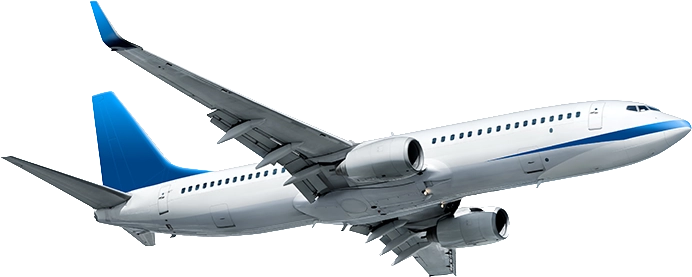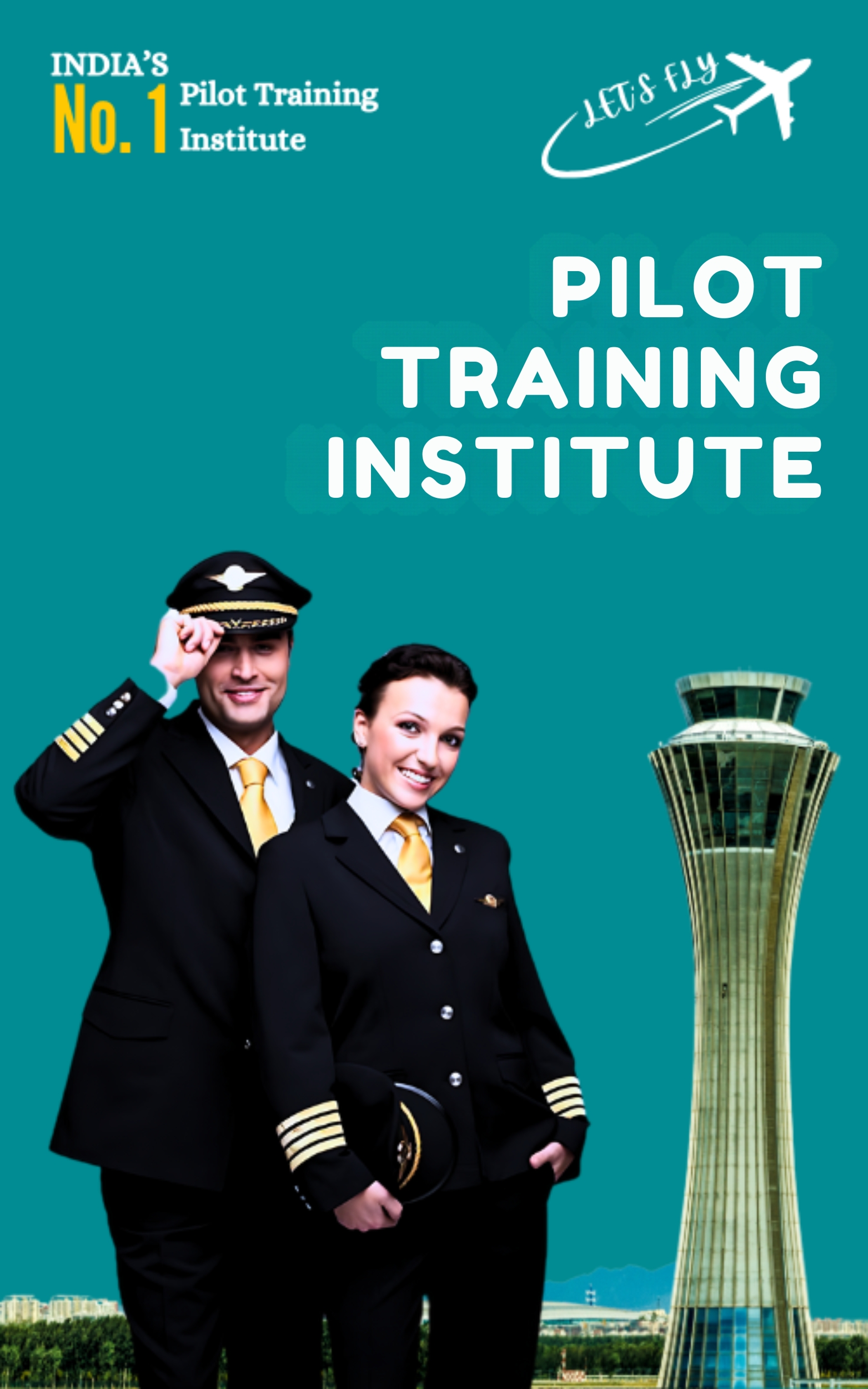How to Become a Co-Pilot in India – Eligibility, Courses, License & Salary Details
Co-piloting in India is an exciting and rewarding job, especially for those who are enthusiastic and passionate about aviation. Co-pilots play an essential part in ensuring the safety and efficiency of flights. If you’re looking to become a co-pilot in India, This guide will provide you with all the necessary information, including salary expectations, licensing requirements and training programs, cost and career options. If you’re beginning your aviation journey or are looking to advance your aviation career to the next step, this guide will show you the steps to become co-pilot.
Before we discuss the steps to becoming co-pilots, let’s examine Co-Pilot meaning and roles.
Co- Pilot means:
A co-pilot, also known as a First Officer, can be described as the person who is second in command of an aircraft. The role of a co-pilot goes beyond simply sitting beside the captain. They help the captain steer the plane and are taught to handle situations if anything goes wrong. Their tasks include piloting the plane, keeping track of instruments, communicating with air traffic control, and ensuring that all safety rules are observed. When the captain is in charge of the flight, the co-pilot plays a crucial part in keeping the flight secure. When the captain is incapacitated( unfit) for some reason, the co-pilot steps in and takes full charge of the aircraft
In India, where air traffic is increasing quickly, co-pilots are needed to ensure secure and efficient flights. They don’t just assist the captain but make each flight successful.
After understanding the role of a co-pilot, it is essential to explore the course requirements for this position. This paragraph will discuss the necessary course requirements to become a co-pilot.
Now that we understand the requirements for a Co-Pilot course, let’s explore the step-by-step process of “How to become a Co-Pilot in India.”
How to Become a Co-Pilot in India
If you’re thinking about how you can become a co-pilot in India, here’s a step-by-step guide:
Step 1: Complete Your 10+2 Education
Some airlines may favor the graduate, but it is not compulsory to graduate. The first step is to complete your higher secondary studies (10+2) by completing Physics, Mathematics, and English. If you’ve never taken a course in Physics or Math, you can enroll in intermediate courses to satisfy the standards.
Step 2: Pass the Class 1 Medical Examination
You must be healthy to fly. The Directorate General of Civil Aviation (DGCA) requires that you take a medical examination. This medical examination included your hearing, eyesight, and overall health examination to confirm you can safely fly an aircraft.
Step 3: Enroll in a DGCA-Approved Flight Training School
After you’ve met the educational and medical requirements, you should attend a DGCA-approved flight school. They will provide you with theory and practical techniques.
Step 4: Get a Student Pilot License (SPL)
Before you can begin flight training, you must obtain the Student Pilot License (SPL). This is a precondition for a basic aptitude test and a medical exam. SPL lets you begin your flight training with supervision.
Step 5: Get a Private Pilot License (PPL)
Once you complete the basic training, you can apply for a Private Pilot License (PPL). It requires 40-50 hours of flight time and pass written tests. However, a PPL permits you to fly for private purposes, not commercial reasons.
Step 6: Obtain a Commercial Pilot License (CPL)
To be a co-pilot You must obtain a Commercial Pilot License (CPL). To get this license, you need to:
- At least 200 flying hours.
- Pass the DGCA exam on theory topics such as navigation, meteorology and technical knowledge.
- Participate in simulator training to prepare to simulate actual flight situations.
- Pass a skill test administered by DGCA.
Step 7: Complete Multi-Engine and Instrument Rating Training
Co-pilots must be experts and trained in flying multi-engine aircraft and managing various weather conditions. Multi-Engine Rating (MER) and Instrument Rating (IR) training will ensure you can safely operate an aircraft under all conditions.
Step 8: Secure a Type Rating for Specific Aircraft
Once you have a CPL, you’ll have to complete the type-rating course to be able to fly specific types of aircraft. The training will help you understand the control systems of the aircraft you’ll fly, including those of the Airbus A320 or Boeing 737.
Step 9: Apply for a Co-Pilot Job
You can apply to airlines such as IndiGo, Air India, SpiceJet and Vistara if you have a CPL or type-rated rating. The hiring process includes testing your skills in a simulator, tests for technical proficiency, and interviews. When you are hired, you’ll begin as an officer in the junior ranks and move up to senior first officer.
Step 10: Gain Experience and Become a Captain
One must complete 1500-220 flight hours to become a captain. As you grow in experience and improve your training, you will eventually be able to move from co-pilot to captain.
In the above, we’ve covered the essential steps to becoming a Co-Pilot in India. Let’s take a closer look at the cost of the course.



